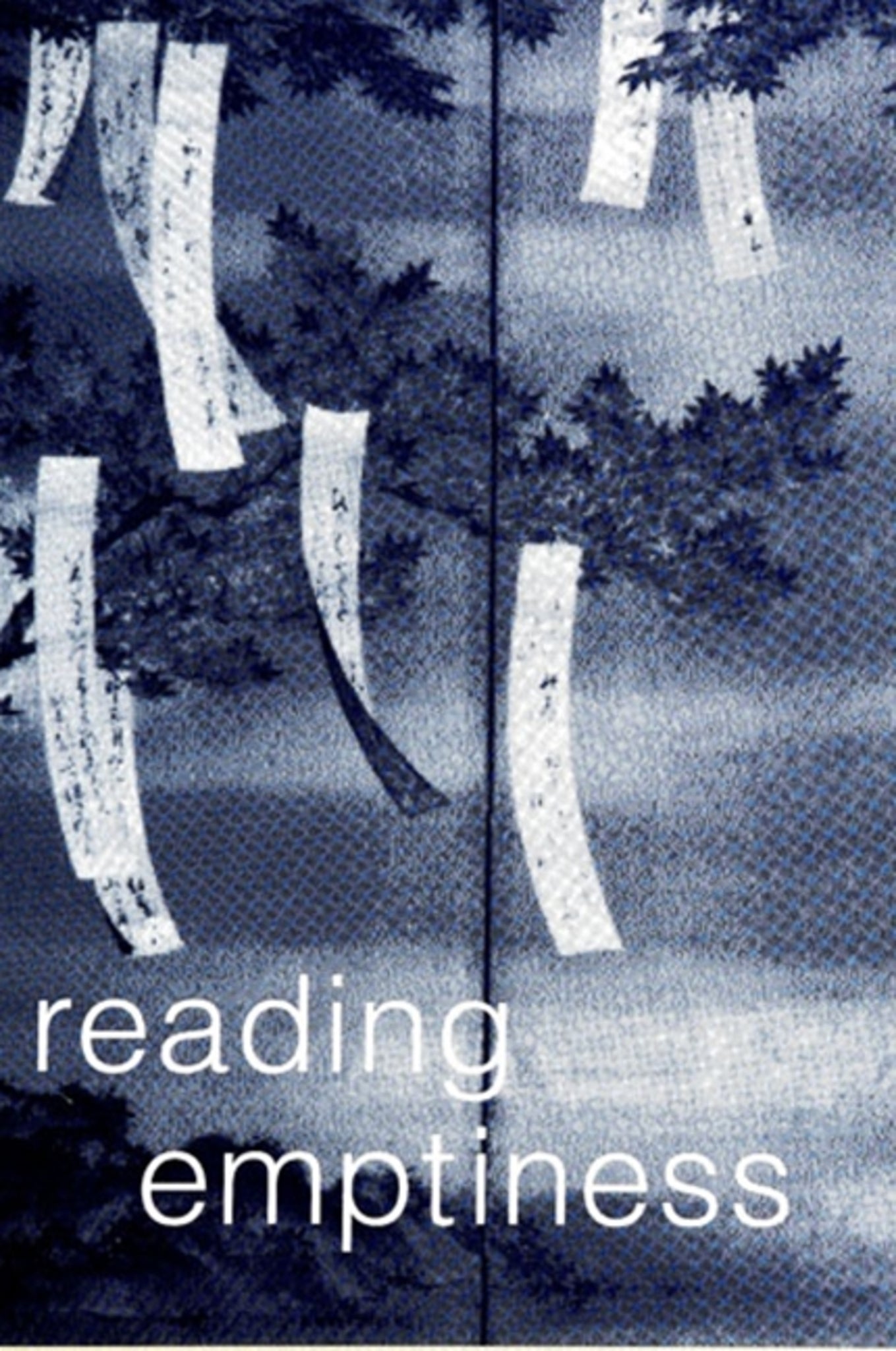We're sorry. An error has occurred
Please cancel or retry.
Reading Emptiness

Some error occured while loading the Quick View. Please close the Quick View and try reloading the page.
Couldn't load pickup availability
- Format:
-
12 August 1999

Concludes that the closest thing in Western culture to the Middle Way of Buddhism is not any sort of theory or philosophy, but the practice of literature.
Reading Emptiness connects ancient Buddhist attitudes and ideas with postmodern theory and aesthetics, concluding that the closest thing in Western culture to the Middle Way of Buddhism is not any sort of theory or philosophy, but the practice of literature. The book draws on scholarship and criticism in literary theory, philosophy, and science to speculate about the possible common ground between literary and Buddhist practices, aiming not so much to elucidate the ancient traditions of Buddhism as to seek ways in which literature might be integrated into a truly Western practice of Buddhism that would remain philosophically true to its Eastern roots.


"Humphries's meditations upon Japanese Buddhism in relation to literary values, like his previous work on Villon, Proust, Stendhal, Poe, and Flannery O'Connor, follows a highly individual path, at once profoundly literary-critical and yet religious in sensibility. His range, his critical acuteness, and his wise use of literary theory show him to be a first-rank scholar and an authentic person-of-letters." — Harold Bloom, author of Shakespeare: The Invention of the Human
"The affinity between Buddhist thought and Western tendencies implicit in deconstruction represents an important intersection between different cultures, and Humphries' unique combination of literary theory, language skills, and wide knowledge of literature enables him to handle this difficult topic with success." — James Applewhite, Duke University
"Humphries has written an unusual book that attempts to take up one of the great questions of our day: the effect of literature on consciousness and consciousness on literature. I admire the risks he takes intellectually, bringing together, as he does, such diverse areas as Japanese Buddhism, Western literature and literary theory, theories of translation, the growth and care of bonsai trees, and issues of mystico-dream realities." — George Kalamaras, author of Reclaiming the Tacit Dimension: Symbolic Form in the Rhetoric of Silence
Acknowledgments
Preface
Introduction
Part 1: (Anti-)Theory
1. Proust and the Bonsai Tree: Theories of Art Western and Eastern
2. Reading Emptiness: Proust with Nagarjuna and Dogen Zenji
3. The Karmic Text: Buddhism and Translation
Part 2: Practice
4. Lafcadio Hearn, Decadence, and the Dream of Buddhist Japan
Notes
Bibliography
Index



